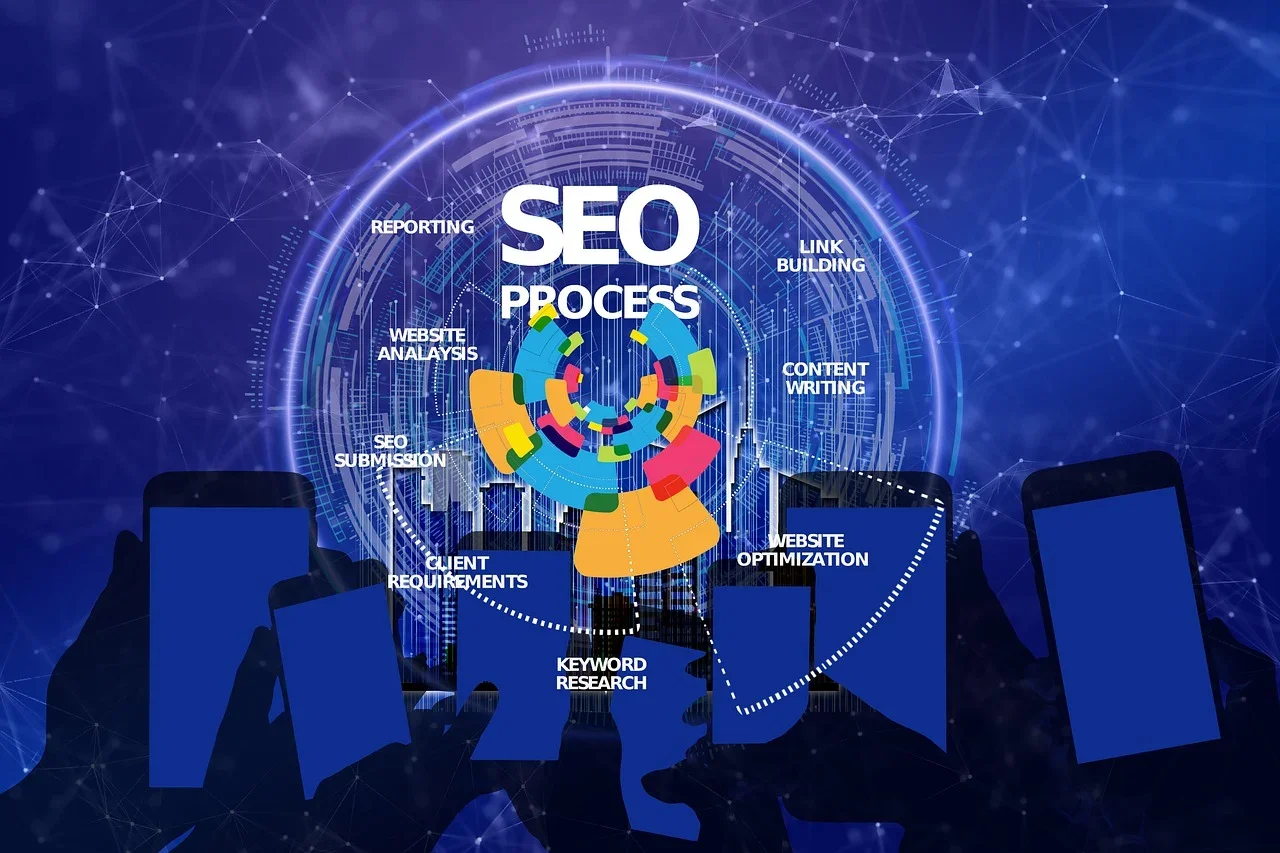In the modern world, where technology is advancing at an unprecedented pace, privacy concerns have become more relevant than ever. With the rise of RFID (Radio Frequency Identification), NFC (Near Field Communication), and wireless communication technologies, the risk of digital theft and hacking has significantly increased. Enter the Faraday purse, a groundbreaking accessory designed to safeguard your personal data, protect electronic devices, and offer peace of mind in an increasingly connected world.
This article dives into everything you need to know about Faraday purses, exploring what they are, how they work, their applications, benefits, and tips for choosing the perfect Faraday purse. Whether you’re concerned about identity theft, location tracking, or protecting your devices from electromagnetic interference, this comprehensive guide will equip you with the knowledge to make informed decisions.
What is a Faraday Purse?
A Faraday purse is a specially designed bag or pouch that incorporates a layer of material capable of blocking electromagnetic fields. Named after the Faraday cage, which was invented by Michael Faraday in 1836, these purses function by creating a barrier that prevents electromagnetic waves, radio signals, and other forms of wireless communication from penetrating their surface.
Faraday purses are an evolution of the traditional Faraday cage, offering portable and stylish solutions for everyday use. They are primarily used to protect electronic devices such as smartphones, credit cards, car key fobs, and passports from unauthorized access, hacking, or data breaches.
How Do Faraday Purses Work?
The science behind a Faraday purse is rooted in physics, specifically the principle of electromagnetic shielding. Here’s how it works:
Electromagnetic Shielding Material: The purse is lined with conductive materials such as metal mesh or foil that creates a shield around the contents inside.
Blocking Electromagnetic Waves: This shielding material blocks external electromagnetic waves, preventing them from reaching the devices or objects stored inside.
RF and NFC Signal Interference: By blocking RF (radio frequency) and NFC signals, the Faraday purse ensures that unauthorized attempts to access data stored on RFID chips or communicate with wireless devices fail.
Essentially, a Faraday purse acts as an impenetrable wall for signals like Wi-Fi, Bluetooth, GPS, and cellular networks, offering complete signal isolation.
Why Do You Need a Faraday Purse?
In today’s world, digital threats are evolving rapidly. A Faraday purse is not just an accessory; it’s a necessity for anyone looking to protect their privacy and prevent unauthorized access to their devices or data. Here are some key reasons why you should consider using a Faraday purse:
1. Prevent Identity Theft
RFID chips embedded in credit cards, passports, and driver’s licenses are vulnerable to unauthorized scanning. Thieves equipped with RFID readers can steal your sensitive information without even touching you. A Faraday purse prevents such unauthorized access by blocking RFID signals.
2. Protect Key Fobs from Car Theft
Modern car key fobs use radio signals to communicate with vehicles. Criminals can exploit these signals to gain unauthorized access to your car using relay attacks. Placing your key fob inside a Faraday purse ensures that these signals are blocked, effectively protecting your vehicle.
3. Shield Against Location Tracking
Your smartphone constantly communicates with GPS satellites and cell towers, enabling location tracking. A Faraday purse cuts off these communications, ensuring that your location cannot be tracked by malicious entities.
4. Prevent Eavesdropping and Hacking
Hackers can exploit vulnerabilities in Bluetooth, Wi-Fi, and other wireless technologies to gain access to your devices or listen in on private conversations. By blocking all wireless signals, a Faraday purse acts as a safeguard against such attacks.
5. Protect Devices from Electromagnetic Interference (EMI)
Electromagnetic interference from external sources like power lines, radio transmitters, or other electronic devices can damage sensitive electronics. A Faraday purse shields your devices from such interference, ensuring their longevity and performance.
Key Features of a Faraday Purse
When shopping for a Faraday purse, it’s important to consider the features that ensure optimal performance and usability. Here are some of the key features to look for:
High-Quality Shielding Material: The effectiveness of a Faraday purse depends on the quality of the shielding material used. Look for purses made with multiple layers of conductive material, such as metal mesh or Faraday-grade fabric.
Size and Capacity: Choose a purse that fits your specific needs. Some Faraday purses are compact and designed for small items like key fobs and credit cards, while others are larger and can accommodate smartphones, tablets, or laptops.
Style and Design: Faraday purses are available in a variety of styles, ranging from sleek and minimalist to fashionable and luxurious. Select one that suits your aesthetic preferences and complements your wardrobe.
Ease of Use: The purse should be easy to open and close while maintaining its signal-blocking capabilities. Magnetic closures or secure zippers are popular choices.
Durability: Since Faraday purses are meant to be used daily, durability is crucial. Opt for products made with high-quality materials that can withstand wear and tear.
Multiple Compartments: Some Faraday purses come with additional compartments or sleeves, allowing you to organize your belongings while keeping them protected.
Types of Faraday Purses
Faraday purses come in various shapes and sizes, catering to different needs and preferences. Here are some of the most common types:
1. Faraday Wallets
These are compact purses designed to hold credit cards, debit cards, and IDs. Faraday wallets are ideal for protecting RFID-enabled cards from unauthorized scanning.
2. Faraday Clutches
Clutches are small, handheld purses that can hold essentials like smartphones, passports, and keys. They’re perfect for those who prefer a minimalist approach to privacy protection.
3. Faraday Handbags
Handbags offer a larger capacity, making them suitable for carrying multiple devices and personal items. These purses are designed for daily use and combine style with functionality.
4. Faraday Backpacks
Backpacks provide ample space for laptops, tablets, and other large electronics. They’re ideal for professionals, students, or travelers who need to protect multiple devices on the go.
5. Faraday Key Fob Pouches
These small pouches are specifically designed to protect car key fobs from relay attacks. They are portable and easy to use.
Applications of Faraday Purses
The versatility of Faraday purses makes them suitable for a wide range of applications. Here are some of the most common scenarios where Faraday purses can be used:
1. Travel
When traveling, Faraday purses can protect your passport, credit cards, and devices from data theft. They also ensure that your phone remains secure from hackers and location tracking.
2. Everyday Use
For daily errands, shopping, or commuting, a Faraday purse provides peace of mind by keeping your personal information secure.
3. Workplace Security
Professionals working with sensitive information can use Faraday purses to prevent data breaches and maintain confidentiality.
4. Military and Law Enforcement
Faraday purses are frequently used by military personnel and law enforcement officers to protect communications and prevent tracking.
5. Disaster Preparedness
In emergencies or natural disasters, Faraday purses can protect vital electronics from damage caused by electromagnetic pulses (EMPs).
Tips for Choosing the Best Faraday Purse
With so many options available, selecting the right Faraday purse can be overwhelming. Here are some tips to help you make the best choice:
Define Your Needs: Determine what items you want to protect and choose a purse that fits those requirements.
Check Reviews: Look for customer reviews to gauge the effectiveness and durability of the product.
Compare Brands: Research reputable brands that specialize in Faraday technology and compare their offerings.
Test for Effectiveness: If possible, test the purse to ensure it blocks signals as advertised.
Consider Budget: Faraday purses are available at various price points. Set a budget and look for options that offer the best value for money.
Maintaining and Using Your Faraday Purse
To ensure that your Faraday purse remains effective, follow these maintenance and usage tips:
Keep the Shielding Material Intact: Avoid puncturing or damaging the inner lining of the purse, as this can compromise its effectiveness.
Close the Purse Properly: Ensure that the purse is fully closed when storing devices or items to maintain complete signal isolation.
Clean Carefully: Use a damp cloth to clean the exterior of the purse and avoid harsh chemicals that could damage the shielding material.
Avoid Overloading: Overstuffing the purse can strain the shielding material and reduce its effectiveness.
Popular Brands and Manufacturers
Several brands have established themselves as leaders in the Faraday purse market. Some popular names include:
Silent Pocket: Known for its high-quality Faraday bags and wallets, Silent Pocket offers a wide range of stylish and functional products.
Mission Darkness: Specializing in military-grade Faraday solutions, Mission Darkness provides durable and reliable options for professionals and everyday users.
DEFCON Bags: DEFCON Bags offers affordable yet effective Faraday purses designed for various use cases.
Conclusion
As digital threats continue to evolve, investing in a Faraday purse is a proactive step toward protecting your privacy and devices. These innovative accessories combine cutting-edge technology with stylish designs, making them an essential addition to your daily life.
Whether you’re a frequent traveler, a tech-savvy professional, or simply someone who values privacy, a Faraday purse offers unmatched security and peace of mind. By understanding how they work, exploring their features and applications, and following the tips outlined in this guide, you can make an informed decision and choose the perfect Faraday purse to suit your needs.
Stay one step ahead of digital threats and safeguard your personal information with the power of Faraday technology!








